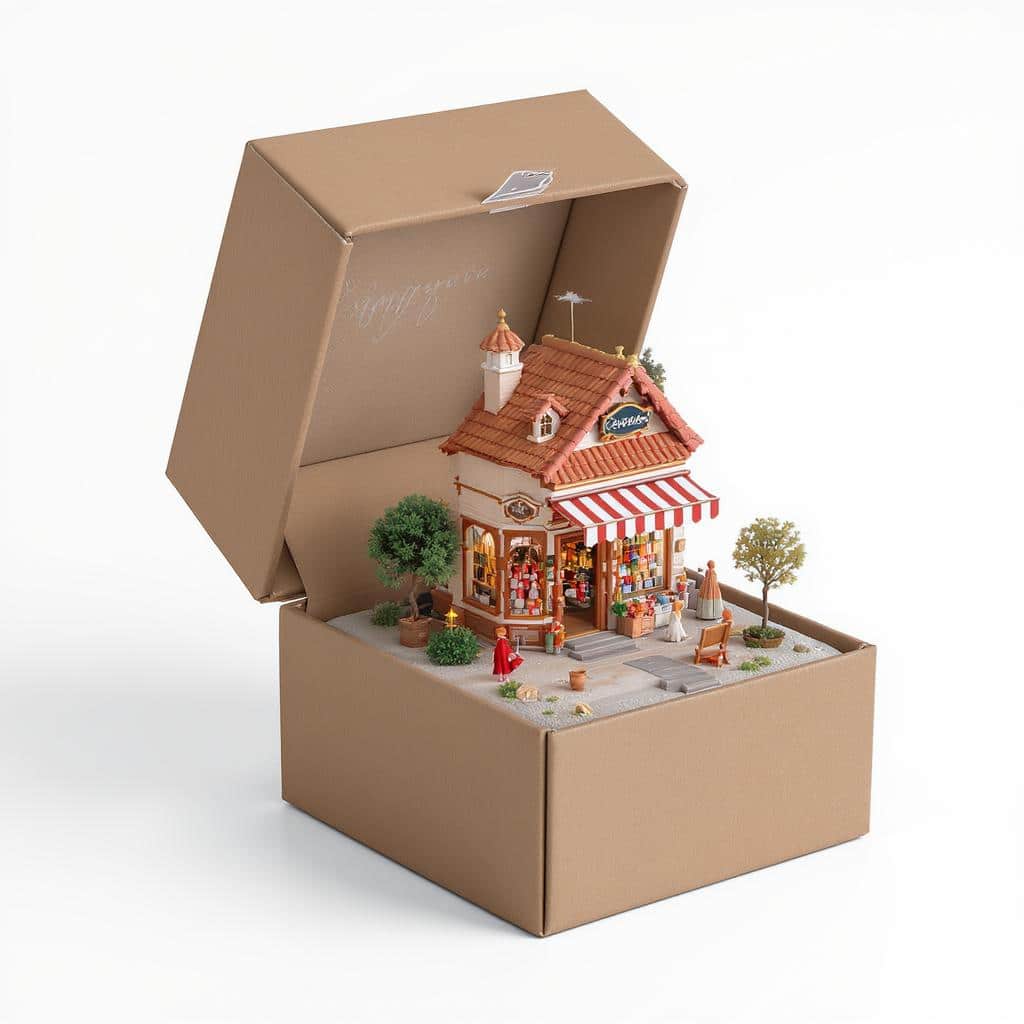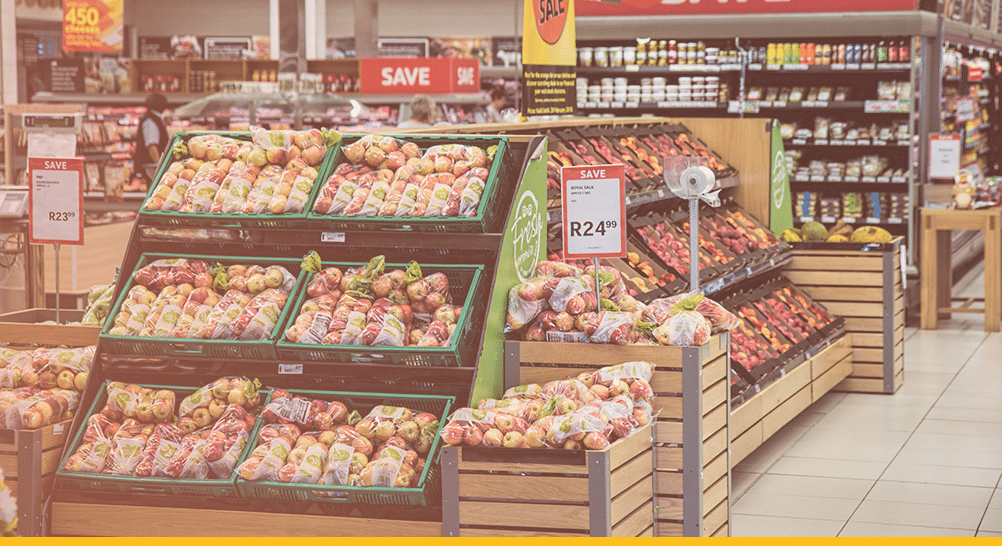Not enough and too much
Testing to rethink collaboration and distribution
Testing promotions, pricing, and merchandising
Not enough and too much
When it comes to both 72-hour kits and long-term food storage, devout doomsday preppers likely had the foresight for, and consequently stocked up on, sufficient toilet paper supplies. But for the rest of the world, 2020 was a wake-up call, helping us identify what we most valued in times of crises. For many, the rows of empty toilet paper shelves felt surprisingly surreal if not a bit humorous, leading to a deluge of entertaining memes. But the supply shortage also highlighted the very real complexities involved in anticipating and managing inventory.
A rush on toilet paper was one of the most obvious supply and demand challenges of the COVID-19 crises on retailers — a challenge that was two-fold: domestic toilet paper was short-stocked, while commercial toilet paper was overstocked. It was an interesting dilemma because there was enough toilet paper to go around, but the distribution processes were not in place to redirect it to meet the shifting consumer locations.
Two years later, while toilet paper is no longer in short supply, the pandemic-related fluctuations in inventory continue. Other consumer goods that were a hot commodity during quarantine are starting to fill warehouses as surplus inventory. Retailers such as Walmart and Costco are noticing a decline in sales on items such as televisions and an increase on things such as luggage. The reasoning for this, in hindsight, seems obvious; in quarantine, consumers cared about the size of their screen. Now that travel sanctions are lifting, they want the world to be their new screen. However, hindsight is 20/20, and knowing when and how these shifts might take place is not as straightforward as it might seem.
Additionally, inflation is causing potential buyers to rethink their spending habits. Lower-income buyers are being more frugal, and higher-income buyers are seeking higher-end goods, causing even more inventory hiccups as shelves become overstocked on items that don’t appeal to those with the most spending power.
Testing for collaboration and distribution in managing inventory
Indeed, when it comes to inventory management, it feels what is most necessary is a crystal ball — being able to look into the future with clarity and foresee shifting consumer needs and preferences before ordering stock. Knowing the timing on something as unpredictable as a global pandemic makes this a difficult and nuanced endeavor. Yet with each new challenge, new solutions inevitably arise. And a solution to inventory challenges is emerging for brick-and-mortar retailers: A/B testing.
A/B testing provides robust data that takes much of the guesswork out of the inventory equation. While addressing inventory challenges, Lora Cecere notes on Forbes that marketing processes “use data with four-six week latency, and the planning cycles are less granular. Companies lack good systems to facilitate meaningful conversations across roles to improve retail collaboration. As a result, companies attempt to react, but struggle to get the right data and views to drive decisions at the speed of business.” A/B testing platforms, such as MarketDial, can provide companies with the necessary solution. MarketDial’s easy-to-use, accurate testing algorithms promote a culture where tests can easily be performed across an organization, enhancing cross-role collaboration and system-wide, data-informed decision making.
Testing promotions, pricing, and merchandising when managing inventory
A/B testing can also identify wise promotion tactics for shedding overstocked inventory. With particular inventories now ballooning, consumers are likely to see something that they haven’t seen for some time: deep discounts. A/B testing is highly effective at identifying the best pricing, discounts, and promotions to appeal to shifting consumer preferences, needs, and spending habits, generating a win-win for both the retailer and the consumer.
Given all these inventory fluctuations, A/B testing can aid with inventory management. Testing can help assess if product redistribution across your fleet will be effective. Creating a culture of testing empowers cross-role communication, and it provides accurate, robust data to inform merchandising, promotions, and pricing in the face of both inventory bottlenecks and surpluses. Testing may not be able to predict the next global crises, but it can definitively outline consumer responses to that crises and equip you with the data you need to know how to proceed in the wake of ever-changing consumer behavior.
If you are interested in learning more about effective A/B testing tools such as MarketDial, check out these links:
Testing to thrive in today’s retail landscape
Unlock the value of your data with A/B testing
Kum & Go uses MarketDial to validate customer adoption of mobile app during COVID-19 pandemic
Test today when others won’t, so tomorrow you can succeed where others can’t




